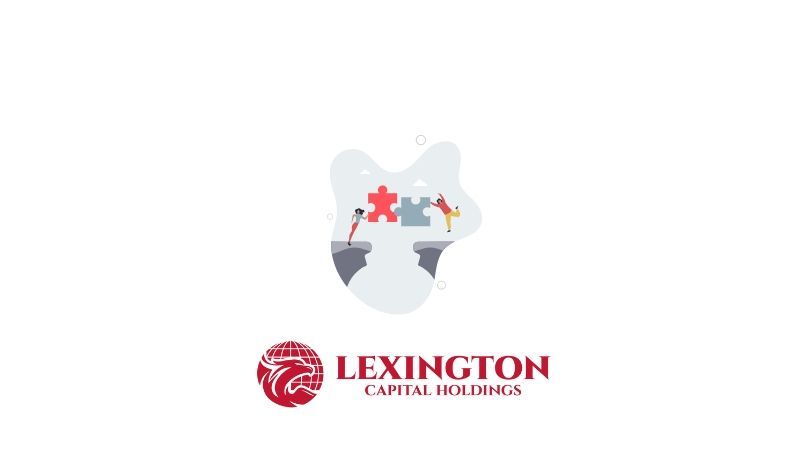Collateral, Credit, and Character: What Really Drives Lending Approvals
When it comes to getting approved for business funding, it’s easy to think the decision is purely about numbers. Revenue, credit score, time in business — plug the data into a system and get a yes or no.
But the truth is, lenders look at more than just your financials. Especially in today’s market, approval isn’t just about how much money you’re making — it’s about how you run your business.
Lenders want to know they’re putting capital into the hands of someone who knows what to do with it.
That’s where the Three C’s come in: Collateral, Credit, and Character.
Let’s break them down.
1. Collateral: What Do You Have to Back the Loan?
Collateral is any asset you can offer as security for the loan — and it’s still a key part of many approval decisions.
- For traditional loans, collateral could be real estate, equipment, inventory, or even outstanding receivables.
- For alternative or unsecured lending, it might not be required, but lenders still consider what assets you have in your business.
Why it matters: Collateral gives the lender a safety net. It shows you have skin in the game — and that you’re confident enough in your business to stand behind the loan.
2. Credit: What’s Your Financial Track Record?
This includes both personal and business credit. And even if you’re running a legit company, your personal credit still plays a role — especially for newer businesses or lower documentation funding options.
- Lenders want to see that you pay your obligations on time.
- They’re also looking at credit utilization, outstanding balances, and overall financial behavior.
Pro tip: A strong business credit profile can open more doors and better terms — but it needs to be built intentionally over time.
3. Character: Who Are You as a Borrower and Operator?
Here’s where most people miss the mark.
Lenders and investors aren’t just funding businesses — they’re funding people.
That means your reputation, experience, and how you show up in your business matter.
- Are you organized?
- Are you responsive and transparent?
- Do you have a clear plan for how you’ll use the funds?
- Have you handled previous credit responsibly?
All of this contributes to how fundable you are — and whether you’ll be seen as a smart bet or a risky one.
The Real Secret: It’s Not Just One C — It’s the Whole Picture
Think of the Three C’s like a triangle. Strength in one area can help balance out weakness in another. For example:
- Strong collateral but limited credit? A lender might still say yes.
- Weak collateral but great credit and a proven track record? Still workable.
- Minimal assets and new credit history — but clear communication, professionalism, and a strong business model? A lender may be willing to take the risk.
Lending decisions are nuanced — and the more you understand the process, the better you can position yourself for success.
Final Thought
Approval doesn’t come down to just your numbers — it comes down to your full story.
So if you’re planning to seek funding soon, take a moment to evaluate all three C’s. Clean up your credit, document your assets, and show up like a business owner who knows exactly where they’re headed.
Because in the end, funding follows confidence — and lenders want to believe in you just as much as your business.











